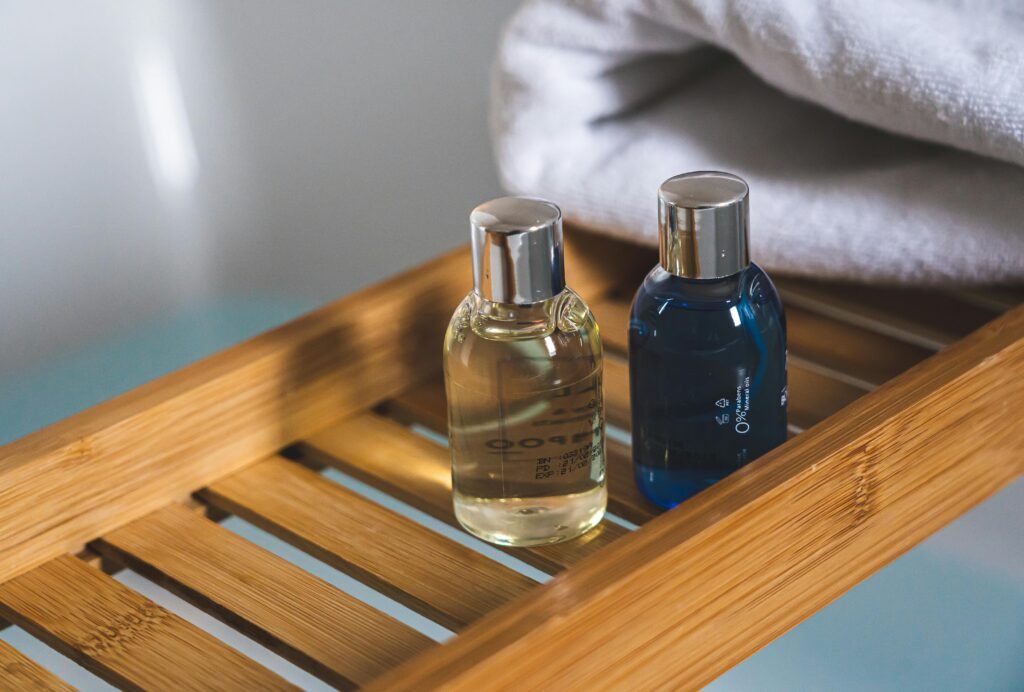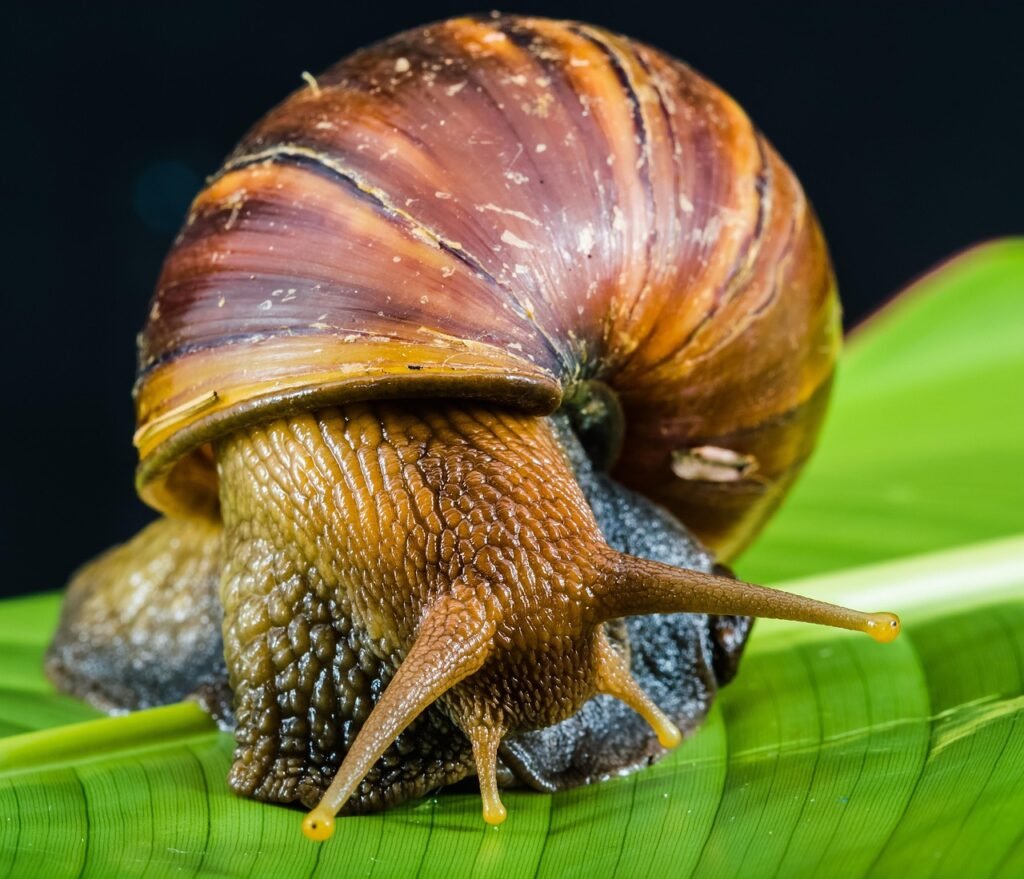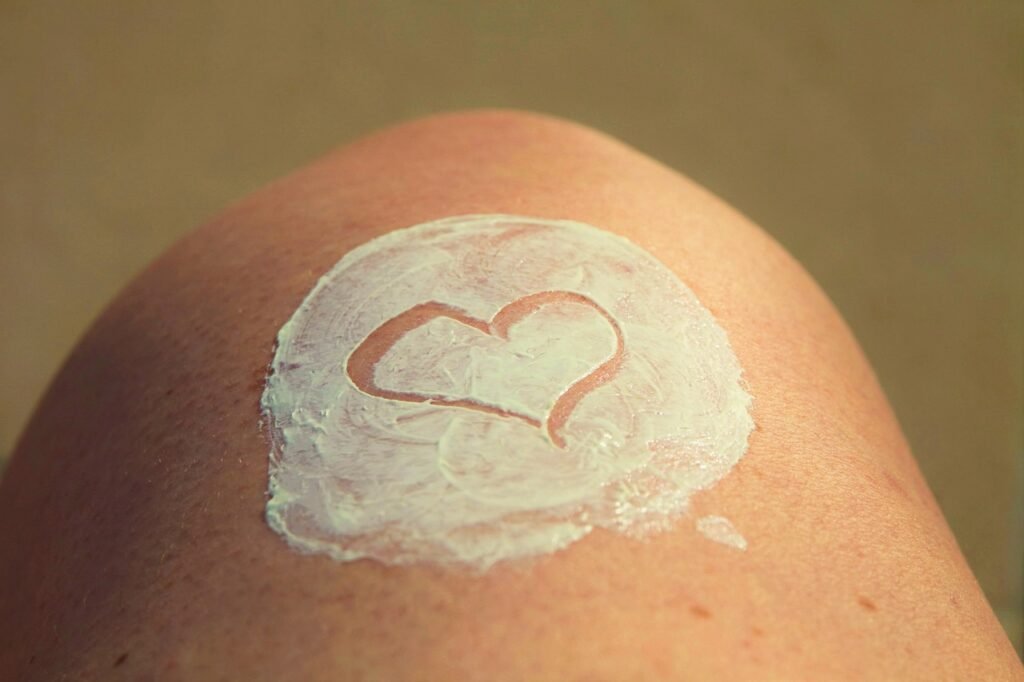Let’s talk about pink. Not the vibrant, fuchsia pink of a summer sunset, or the delicate blush of a rose petal. No, we’re talking about the peculiar, almost unsettling, pastel pink of calamine lotion. It’s a colour that whispers of childhood summers, of itchy nights and the relentless scratching that only seemed to make things worse. But what is this ubiquitous pink potion? And why does it hold such a prominent place in the pantheon of parental first-aid? Calamine lotion, you see, isn’t just pink. It’s a suspension. Think of it like a miniature sandstorm swirling within a bottle. If you let it sit long enough, the “sand” – a fine powder – settles to the bottom, leaving a clear liquid on top. This powder, our key player, is primarily zinc oxide (around 98%) with a dash of ferric oxide (the culprit for that distinctive pink hue). Sometimes, you might find other ingredients lurking in the mix, like calcium carbonate or bentonite, all contributing to the overall texture and, arguably, the soothing effect. Think of them as the supporting cast in our pink drama. Now, what does this pink concoction do? That’s the million-dollar question, isn’t it? Calamine lotion is, at its heart, an antipruritic. A fancy word, I grant you, but it simply means it relieves itching. It’s the knight in shining pink armour against the dragon of dermal discomfort. How does it achieve this feat of itch-abatement? Well, that’s where things get a little…murky. The exact mechanism isn’t fully understood. It’s a bit like trying to explain why a rainbow appears – we see the effect, but the precise physics are complex. The zinc oxide, though, is believed to play a key role. It’s thought to have a mild astringent effect, meaning it can help to dry out weeping or oozing rashes. Imagine it as a tiny sponge, gently soaking up the irritating fluids that fuel the itch. Furthermore, it might also have some mild anti-inflammatory properties, calming the redness and swelling that often accompany irritated skin. So, it’s not just stopping the itch; it’s also trying to soothe the underlying problem. But, like any good hero, our pink champion has its limitations. It’s not a cure-all. It won’t magically banish eczema or instantly heal a severe allergic reaction. Think of it as a temporary reprieve, a way to manage the symptoms while the body (or other medications) tackles the root cause. It’s the band-aid, not the cure. So, how do you wield this pink weapon in the fight against itchiness? How to use it is crucial. First, give the bottle a good shake. Remember that sandstorm we talked about? You need to whip it up again, distributing the powder evenly throughout the liquid. Otherwise, you’ll end up with a watery mess or a clump of pink paste. Neither is ideal. Then, using a cotton ball or clean fingers, gently dab the lotion onto the affected area. Don’t rub it in! Think of it as painting the skin with a soothing pink wash. Let it air dry. It will leave a slightly chalky residue, which is perfectly normal. That’s the zinc oxide doing its work. You can reapply it as needed, but if the itching persists or worsens, it’s time to consult a proper medic – a real-life healer, not just a pink bottle. And a word of caution: Calamine lotion is for external use only. Do not, I repeat, do not drink it. It’s not a milkshake. It’s not a smoothie. It’s not even a particularly appealing shade of pink. Keep it away from your eyes, mouth, and other mucous membranes. And if you experience any irritation or allergic reaction after using it (beyond the initial itch you were trying to treat), discontinue use immediately and seek medical advice. So, there you have it. The pink panacea. Calamine lotion. A simple, yet surprisingly complex, concoction of zinc oxide and a touch of pink magic. A stalwart ally in the battle against the itch, a comforting reminder of childhood summers (albeit, itchy ones). Just remember, it’s a temporary shield, not a permanent solution. Use it wisely, and when in doubt, consult a professional. After all, even pink superheroes need a little backup sometimes.





